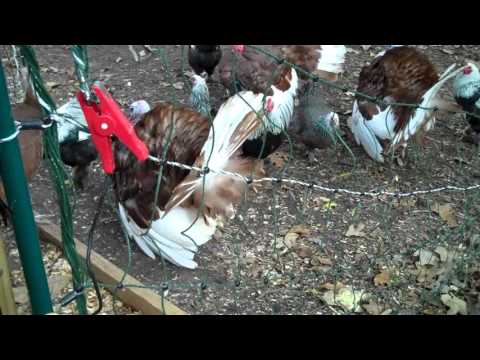beetandsteet
Songster
I just got 164' of Premier 1's Poultry Net 42 inch, with double spike posts. I also got an energizer kit with it. Does anyone have any tips for using Electric Net fencing? This is my first time using any kind of electric fencing at all. Any advice would be appreciated. Thanks 





